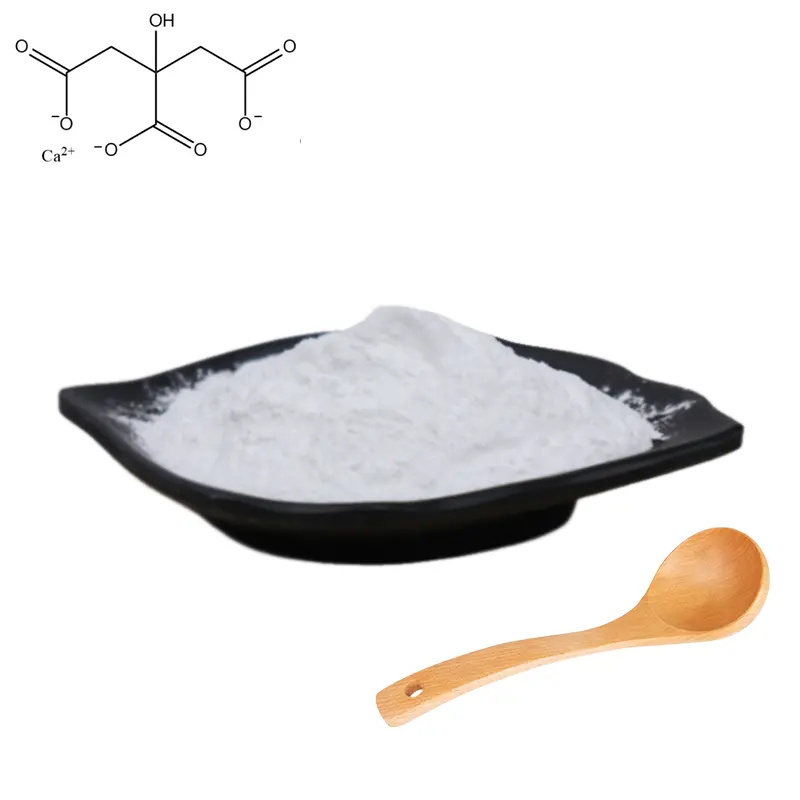Lactase, also known as β-galactosidase, is prepared by Aspergillus oryzae and other excellent strains of bacteria through fermentation, extraction, refining, preparation and other processes. Lactase is an important glycoside hydrolase, which can hydrolyze the β-galactoside bond in lactose molecule to generate galactose and glucose, or generate functional oligogalactose through transglycosylation. Lactase is widely used in the fields of food, medicine, feed and environmental engineering.
In the Food industry, lactase is mainly used in the production of low-lactose or zero-lactose dairy products, and can also be used as a dietary supplement to alleviate the symptoms of lactose intolerance in some populations; in the pharmaceutical industry, lactase is used in conjunction with montelukast for the treatment of infants and children with viral or bacterial infections resulting in intestinal flora imbalance, and effectively alleviate diarrhea and secondary lactose intolerance; in the feed industry, lactase is used in the production of livestock and poultry feeds, to help increase the ability of the animals to digest and absorb lactose. In the feed industry, lactase is used in the production of livestock and poultry feed to help improve the digestion and absorption of lactose, increase body weight and improve health; in environmental engineering, lactase can be used to treat industrial wastewater containing lactose, effectively decompose the lactose therein and reduce the negative impact on the environment.

